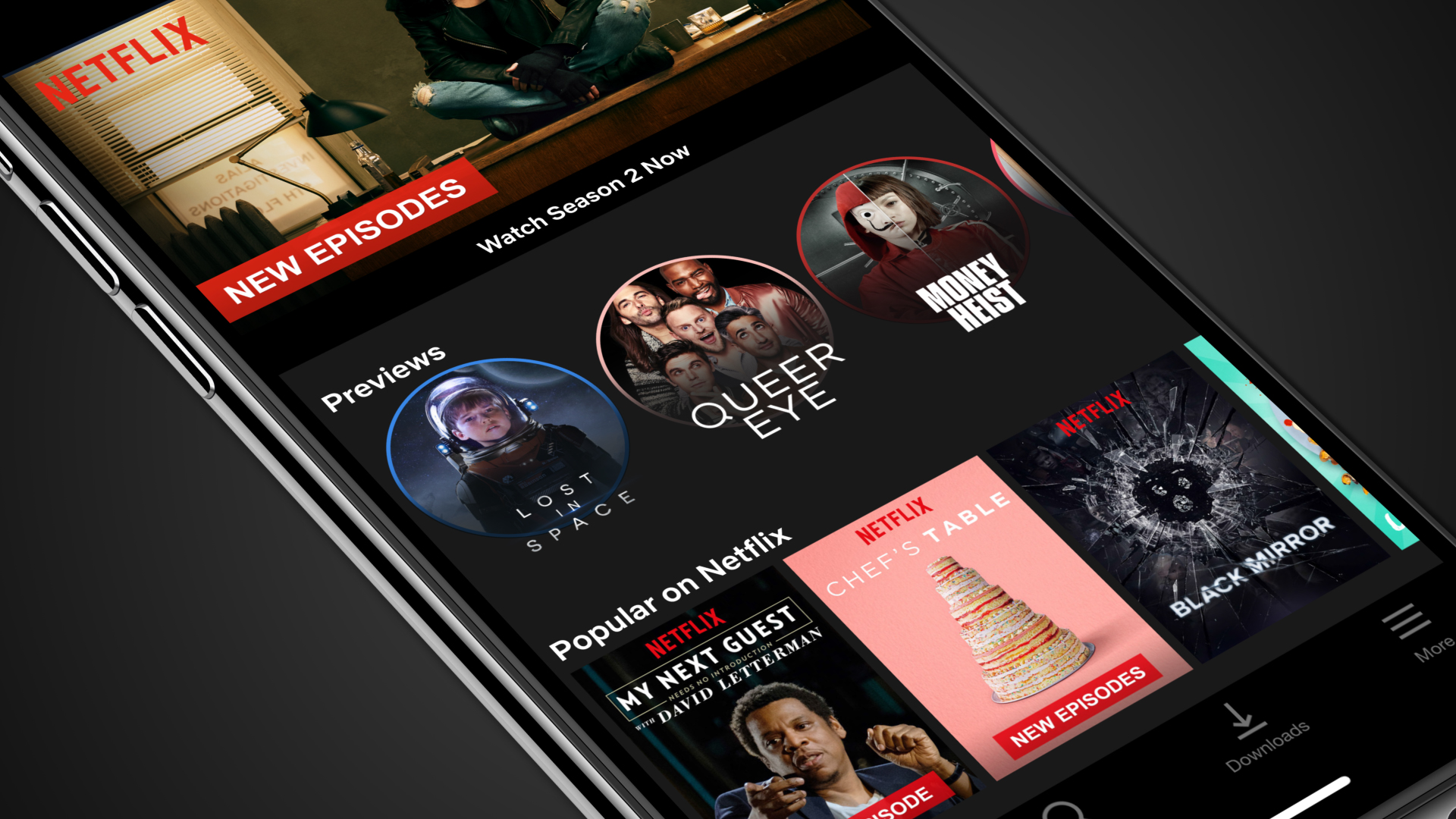Netflix’s Mobile Opportunity
Netflix, already focusing heavily on its international opportunity as the U.S. market matures, will likely get most of its future growth from three key areas, with mobile broadband users representing the greatest opportunity, according to a report by MoffettNathanson media analyst Michael Nathanson.

Netflix has about 167 million paid subscribers globally, with 61 million of those in the U.S. and 105 million elsewhere. Domestic subscriber growth has slowed in the past several years from 5.3 million in 2012 to 2.6 million in 2019, and will likely continue over the next few years. Nathanson estimates that paid customer additions will shrink to 1.7 million in 2020 and to 903,000 by 2024.
The flattening out of the U.S. market was just a matter of time, Nathanson wrote. With 61 million U.S. subscribers, Netflix is now streamed in 76% of homes that stream video, and 80% of homes that have broadband. So, it was only logical that growth would decline. And decline it did, sharply. The 2.6 million U.S. subscriber additions Netflix reported in 2019 was 55% below the 4.5 million adds in the prior year. For the next five years at least, Nathanson predicts that U.S. adds will be around 1 million per year.
Nathanson added that even as cord cutting accelerates -- pay TV subscribers are declining at about a 3% annual clip -- it won’t help Netflix domestic subscriber rolls, because its existing penetration with pay TV providers is high. He estimated that with Comcast alone -- which integrated the Netflix app in its X1 operating system in 2016 -- penetration is about 67%.
“In other words, people are cutting the cord because they have Netflix,” Nathanson wrote. “They’re not cutting the cord and discovering Netflix for the first time.”
But it’s a different story internationally, and Nathanson believes that subscriber growth outside of the U.S. should more than double in the next five years. Nathanson estimated that Netflix would have 305.2 million global paid customers by 2024, with 66.4 million in the U.S. and 238.8 million in other countries.
Also helping out Netflix’s positioning internationally, is the near lack of competition from other streaming services. In his note, Nathanson pointed out that Comcast, despite its ownership of British satellite TV service provider Sky, didn’t mention an international component to its streaming Peacock service, which will launch in April. AT&T’s HBO Max will have a delayed international debut as the company agreed to extend its own content licensing agreement with Sky.
“That lack of international competition presents a long and open green field of opportunity for Netflix to keep growing outside the U.S.,” Nathanson wrote.
The analyst expects Netflix subscriber growth to focus on two areas with the most low hanging fruit first: U.S. Clones (those markets with high disposable incomes and broadband penetration and English-language fluency); and “Local Language Giants” (like Japan, South Korea and France).
U.S. Clones could create 16 million more broadband subscribers over the next five years, with 50 million additional high-speed internet customers coming from “local language markets by 2024," he predicted.
“Mobile First” countries like India and Southeast Asia, will require a little more work in terms of lower pricing and greater localization of content, Nathanson wrote, adding that Netflix would have to promote low-cost mobile broadband to drive penetration. He added over the next five years, he expects an additional 35 million broadband customers to come from those markets.
“The real game changer for Netflix, in our opinion, is the mobile opportunity,” Nathanson wrote, adding that based on Facebook and Instagram usage in those markets, the potential is huge. He estimated if Netflix could capture 2% of the Facebook users in Europe, Middle East and Africa and 5% in Asia-Pacific, it would add 50 million new customers to its rolls by 2024.
Multichannel Newsletter
The smarter way to stay on top of the multichannel video marketplace. Sign up below.
